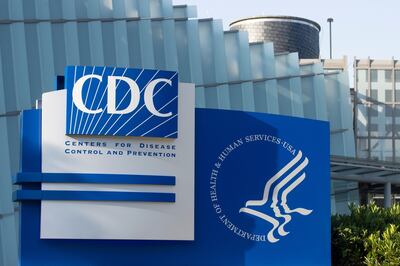A change in the type of generic drug application sponsors submit to reflect moderate manufacturing process or other changes may have significantly affected GDUFA user fees.
Much of the increase in the fiscal year 2014 generic drug user fees was attributed to a rebalancing of the...



